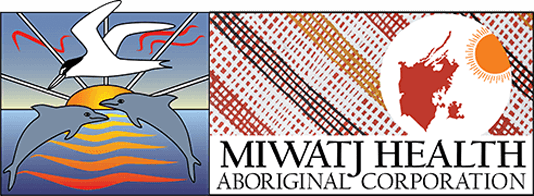History and Culture
Yolŋu culture in East Arnhem Land is among the oldest living cultures on Earth, stretching back more than 60,000 years.The earliest history of their land is recorded in the paintings, dances and songs of Yolŋu. These tell of the creation ancestors bringing land, water, people, animals and plants into being and defining the Law that governs them all.
Aboriginal people in the Miwatj region form three major cultural blocks:
- Anindilyakwa people (Groote Eylandt and Bickerton Island)
- Nunggubuyu people (the Numbulwar area)
- Yolŋu (broadly, the area from Miliŋinbi/Ramingiṉiŋ in the west to Yirrkala in the east)
While the languages and clan names differ between the Yolŋu, Anindilyakwa and Nunggubuyu people, the underlying concepts and principles are similar across the region.
Connection to land remains paramount and the numerous clans of the region identify with particular tracts of land, with the kinship system forming the basis of social interaction.
Throughout East Arnhem Land, there are many dialects of the language group Yolŋu Matha, with English often being a third or fourth language for most of the Yolŋu.
Each year, the Garma celebration for Yolŋu in North East Arnhem Land, attracts thousands of guests from across the nation. They are immersed in the rich cultural traditions of their Yolŋu hosts, experiencing miny’tji (art), manikay (song), buŋgul (dance) and ancient storytelling.
Yolŋu stories, clans and kinship
At the beginning of time, the creating ancestors of all Yolŋu made their journey across the land, creating the animals, giving birth to people, giving them languages and ceremonies, singing their songs, and creating the formations of their land.
The stories and exploits of these creating ancestors, make up the most important and popular of all Yolŋu stories. The descendants of these creators have lived through time in small semi-nomadic clan groups travelling over large areas of land.
Songs are of primary importance as they are the songs which were sung at the time of creation and given by the ancestors. All the plants and animals in the Yolŋu world are named in the songs, people are always named from clan songs, and the songs are sung at all ceremonies.
Each clan group has its own traditional land (wanga) for which they are responsible, its own totems (raŋga), its own dialect of Yolŋu dhäruk (language), its own manikay (songs) buŋgul (ceremonies) and dhäwu (stories)
Yolŋu life is divided into two moieties: Dhuwa and Yirritja in which all aspects of life such as people, animals, plants, fall into.
Yolŋu groups are connected by a complex kinship system (gurruṯu), which governs fundamental aspects of Yolŋu life, including responsibilities for ceremony and marriage rules. Kinship relations are also mapped onto the lands owned by the Yolŋu through their clan estates.
Despite there being different clans, all clans are related to each other in some way or another.
Let's Build Stronger Communities Together
Get in touch with the team at Miwatj Health today
